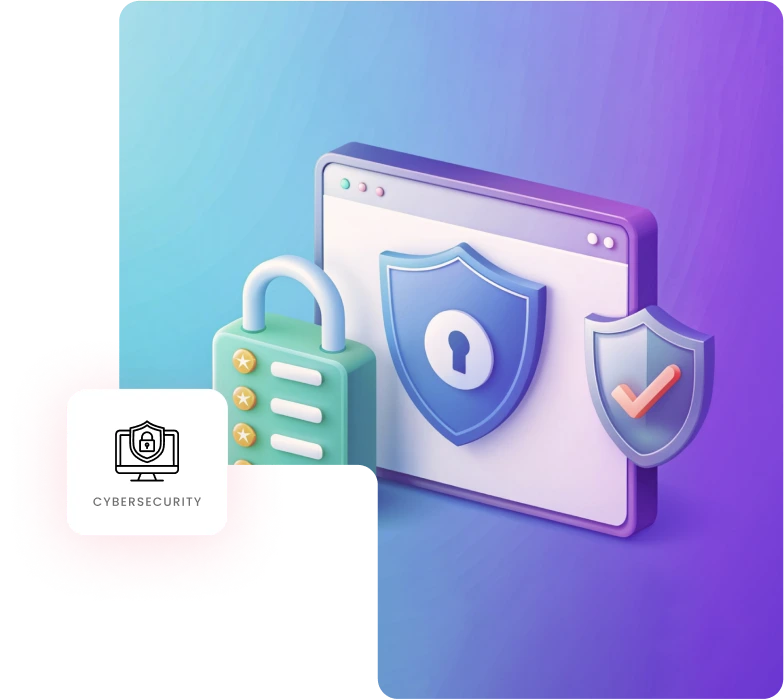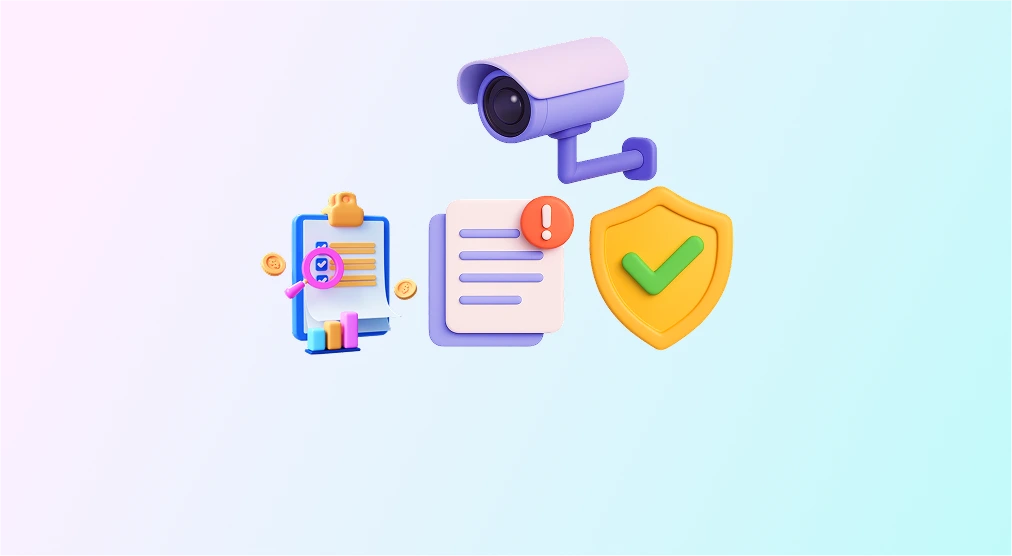Cyber Security Services for Resilience and Readiness
Protect your critical infrastructure with cyber security services designed to detect threats, manage risks, and guarantee business continuity across hybrid and multi-cloud environments.
Trusted by 150+ tech-first enterprises across regulated and high-risk industries

The New Cyber Reality: Always On, Always Vigilant
niche player in the 2024 Gartner® Magic Quadrant™ for f&a
Today’s enterprise security challenges don’t live in a single data center—they span cloud-native architectures, remote workforces, connected devices, and global attack surfaces. From ransomware to insider threats, the sophistication of cyber risks has evolved faster than most security postures can keep up.
Our cyber security services are built to defend complex IT ecosystems across multi-cloud environments, hybrid networks, and modern endpoints. We provide 24/7 visibility, automated threat response, continuous compliance, and layered defense—all tailored to your risk profile.
Whether you’re managing compliance across regulated industries or dealing with zero-day vulnerabilities, our team operates with speed, accuracy, and intelligence. Backed by a global Security Operations Center (SOC), we ensure you’re not only protected—but also prepared for what’s next.
Our Cyber Security Service Offerings
Vulnerability Management as a Service (VMaaS)
Continuous vulnerability scanning, risk classification, threat correlation, and prioritized remediation across infrastructure, endpoints, and applications.
Cloud Security Services
Protection for public, private, and hybrid cloud workloads with CSPM, container security, cloud firewall management, and policy enforcement.
Managed Security Operations Center (SOC)
24/7 threat detection, real-time alert triage, incident response, threat hunting, and forensic analysis from our global SOC.
Endpoint Detection & Response (EDR)
Real-time behavioral monitoring, anomaly detection, isolation, and rapid containment of endpoint-based threats.
Network Security & Firewall Management
Next-gen firewall configuration, network segmentation, intrusion prevention, and encrypted traffic inspection.
Security Information and Event Management (SIEM)
Real-time log analysis, correlation, threat intelligence integration, and compliance-ready reporting.
Compliance & Risk Advisory
Ongoing assessment and alignment with HIPAA, PCI DSS, GDPR, SOC 2, ISO 27001, and internal risk frameworks.
Threat Intelligence & Analysis
Integration of global threat feeds, attacker profiling, threat actor attribution, and contextual threat insights.
Inside Our
Managed Cybersecurity Model

Assess & Benchmark
Evaluate your existing security posture, toolsets, and controls against industry standards.

Detect & Monitor
Deploy continuous monitoring across endpoints, network layers, cloud assets, and APIs.

Respond & Remediate
Activate playbooks for incident containment, response workflows, and post-event forensics.

Secure & Enforce
Apply proactive controls, automate patching, restrict lateral movement, and harden assets.

Report & Improve
Generate compliance reports, track KPIs, and mature your security operations over time.
Engineered to Withstand Evolving Threats
24/7 Threat Detection
Real-time visibility and alerting across all attack surfaces and critical assets.
Cloud-Ready Protection
Security policies, tools, and controls designed for dynamic, multi-cloud environments.
Regulatory Compliance
Full support for HIPAA, PCI, GDPR, SOC 2, and ISO standards.
Actionable Insights
Data-driven recommendations and reporting tailored for CISO dashboards and board reviews.
Flexible Engagement Models
Dedicated or shared SOC services, hybrid security support, and tailored SLAs.
What Makes Managed Security the Smarter Choice
- Stop ransomware, phishing, and data breaches before they escalate
- Gain full visibility across networks, cloud, users, and endpoints
- Align with compliance mandates like HIPAA, PCI DSS, and SOC 2
- Eliminate blind spots with centralized monitoring and threat intelligence
- Scale defenses without overburdening internal IT or risking downtime
Case Studies
Security Without Shortcuts
See how enterprises hardened cloud environments, reduced threat exposure by 45%, and closed audit gaps through managed cyber security services.
View all Case StudiesFAQs
Cyber Security Services
It includes 24/7 threat monitoring, incident response, vulnerability management, compliance reporting, and advisory across cloud, endpoint, and network layers.
We use behavioral analytics, threat intelligence, SIEM, and EDR tools to detect anomalies. Our SOC team investigates alerts and executes containment or remediation playbooks.
Yes. We support audits and align with HIPAA, GDPR, PCI DSS, SOC 2, and ISO 27001. We provide policy guidance, audit-ready logs, and ongoing risk assessments.
We secure on-premise infrastructure, multi-cloud (AWS, Azure, GCP), containers, mobile endpoints, and SaaS apps.
An MSSP provides expertise, 24/7 coverage, faster detection, and reduced operational burden, allowing your internal teams to focus on core IT priorities.
Our SOC operates 24/7 with SLA-based response windows. In most cases, alerts are triaged in under 15 minutes, with containment initiated within the first hour.
We correlate threat intelligence with user behavior, lateral movement indicators, and IOC/IOA matching to detect and isolate advanced persistent threats early.
Absolutely. We tailor security frameworks, compliance mappings, and incident response plans based on your industry, infrastructure, and risk profile.
Concerned About Gaps in Your Security Posture?
Read our FAQ to uncover insights on 24x7 threat detection, compliance, and managed defense.
Cybersecurity knowledge base



